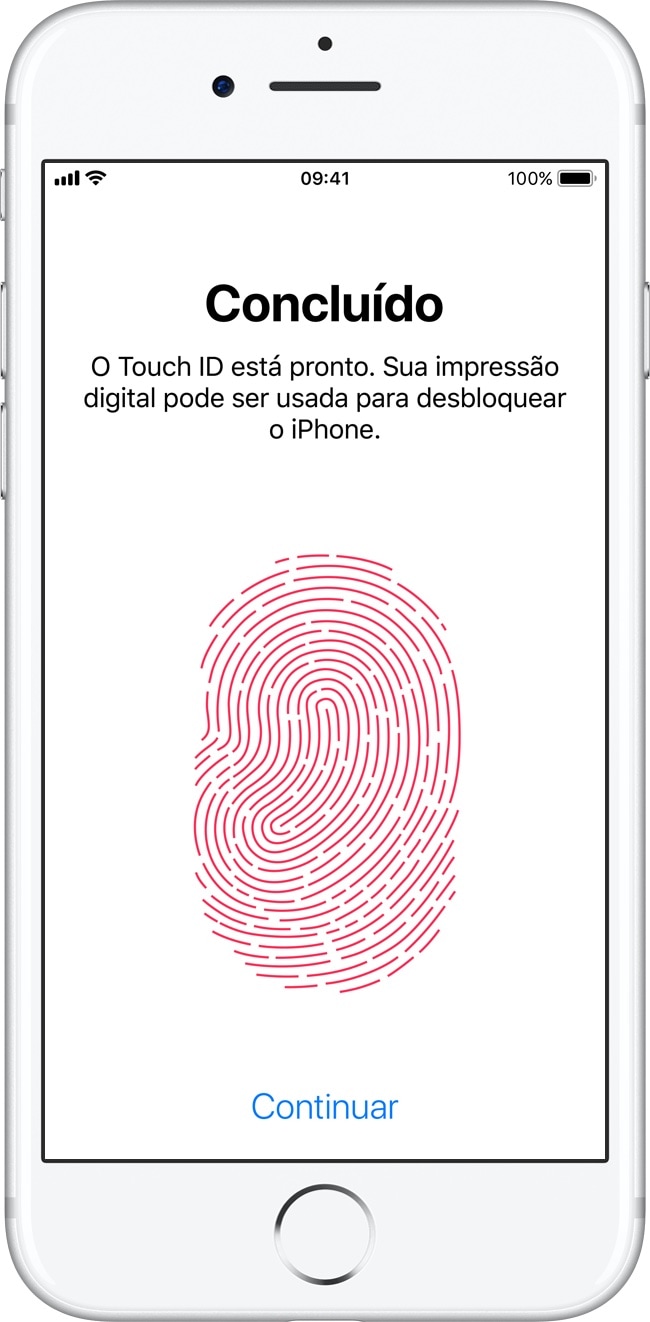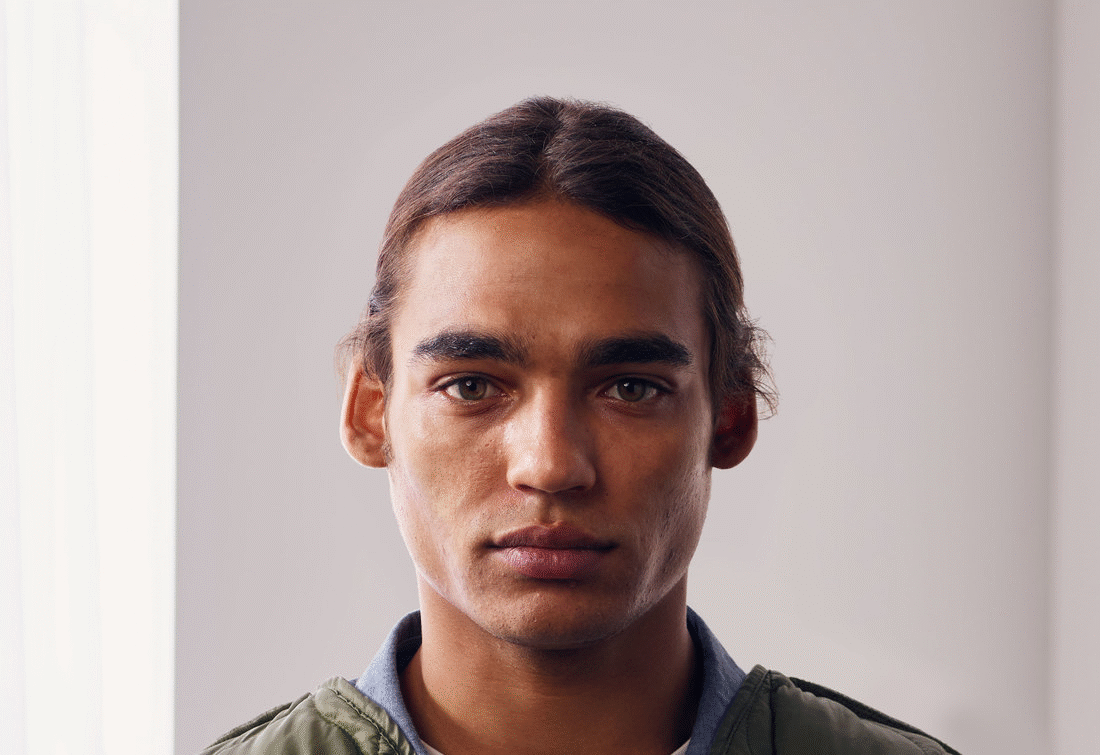Today's that Apple takes privacy seriously. There are those who believe that this is nothing more than pure marketing (a way to differentiate itself from its main competitor in the mobile world, since Google does not have a very good track record there); there are those who think that this is, in fact, one of the fundamental pillars of the administration of Tim Cook.
Regardless of the motivation, the fact that this positioning ends up benefiting the user. Taking Siri as a true example, today (at least in my opinion), she is after Google's virtual assistant, but no one can deny it: seeing Apple struggling to create an artificial intelligence that respects privacy is something that deserves the our credit.
In line with this positioning, Apple updated the “Privacy” page on its website, which addresses all aspects related to this.
Apple products are designed to do incredible things. And to protect your privacy.
At Apple, we believe that privacy is a fundamental human right.
We know that much of your personal information is on your Apple devices and we think you have the right to keep it well protected.
Your heart rate after running, the news you read first, where you bought coffee, the sites you accessed and who you called, sent an email or message.
Each Apple product is created with the aim of protecting this information. So that you can choose what to share and with whom.
We do not tire of repeating that it is not necessary to give up privacy and security in order to have incredible experiences. On the contrary, the two things complement each other.

On the page, Apple explains how it takes this issue seriously and how to deal with it (example: only you can access your Apple products, the information stored on them is not shared with anyone, how the data you send or share is protected, etc.) and how you can manage your privacy (after all, there are several levels you can fall into just to illustrate and take the most basic example, you can be a very quiet person and leave your iPhone totally unlocked or be cautious and use the Touch ID / Face ID so you only have access to the device).
The company's relationship with government information requests is also the subject of the page (Apple reported that less than 0.00612% of the total number of customers had their data revealed due to information requests from governments, 94% of which were device requests. and 6% of accounts), as well as the new privacy policy (which was changed on September 19 due to the launch of the new operating systems).
Still talking about privacy, the arrival of Face ID it brought several doubts related precisely to this topic and, therefore, the company took the opportunity to clarify a good part of them on a specific page for this.

In it, the company talked a little about the advanced technologies that equip the feature explaining, for example, that the TrueDepth camera accurately captures face data when analyzing and projecting over 30,000 invisible points to create a depth map and also captures an image infrared of your face. A part of the A11 Bionic chip's neural mechanism, protected by Secure Enclave, transforms the depth map and the infrared image into a mathematical representation and compares it to the registered facial data.
We know that Face ID automatically adapts to changes in appearance, like wearing makeup or growing a beard without mentioning that it was developed to work with hats, scarves, glasses, contact lenses and different sunglasses. In addition, it works outdoors, indoors and even in the dark. What we didn't know, for example, is that if there is a more significant change in appearance (such as stopping using a mustache) Face ID will confirm the identity by using your code before updating the face data.

Regarding Face ID security, Apple reported that the data, including mathematical representations of your face, is encrypted and protected by a key available only to the Secure Enclave and that the chance that a random person will be able to look at your iPhone X and unlock it using Face ID of about 1 in 1,000,000 (compared to 1 in 50,000 for Touch ID) is a different statistical probability for twins and brothers similar and among children under 13, because perhaps the differences in facial features have not yet fully developed. As an added protection, Face ID allows only five incorrect attempts at matching before requesting a code.
Regarding the privacy of the feature, Apple stressed that Face ID data is only on the device, and that it will never be backed up to iCloud or elsewhere. This information will only be transferred from your device if you wish to provide diagnostic data from Face ID to AppleCare (for support purposes). Even in this case, the data will not be automatically transferred to Apple so you can review it and approve the diagnosis before shipping.
But even if Face ID is disabled, the front camera of the iPhone X will be spying on me? Yes. It will be intelligently activated to support attention-sensitive features, such as dimming the screen if you are not looking at the iPhone or reducing the volume of alerts if you are looking at the device. For example, when using Safari, the device will check to see if you are looking at it and turn off the screen if it is not. Obviously, you can disable this feature.
Some points of security and accessibility have also been clarified: users with physical limitations, for example, can select “Accessibility Options” during registration that do not require complete head movements to capture different angles and are still safe to use, but require more consistency about the way you look at iPhone X. Face ID contains an accessibility feature to support people with visual impairments or vision problems. If you don't want Face ID to require you to look at the iPhone X with your eyes open, you can adjust it like this.
If you are a user who appreciates such an effort by Apple and is interested in the subject, be sure to go through the two pages to understand how everything works. 😉
via TechCrunch
